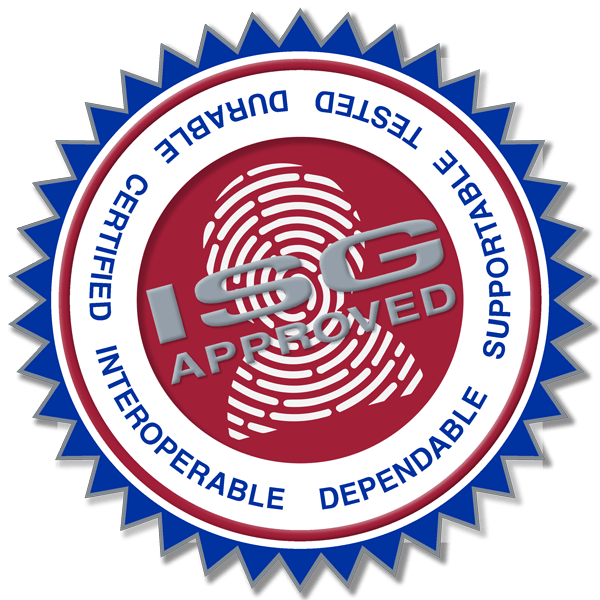Re-posted with permission from Campus Safety Magazine and edited.
Here’s what the Department of Justice is looking for and how to make your SVPP grant application stand out from the crowd.
Assessing the Need to Stop School Violence
Last year, Congress and President Donald Trump signed into law the Students, Teachers, and Officers Preventing (STOP) School Violence Act of 2018, which included several provisions to improve school safety on K-12 campuses, including grants. Districts can use these funds to acquire the tools they need to recognize mental health crises, respond to violent attacks, mitigate risk exposure and prevent future acts of violence.
In total, the STOP School Violence Act pledged $75 million each year for the next decade across three brand new funding streams housed within the Department of Justice (DOJ). The most popular of these new grants – the School Violence Prevention Program (SVPP) – is specifically dedicated to providing schools with much-needed safety solutions, including fixed surveillance, panic alarms, and communications equipment.
Not surprisingly, demand for the pilot round of SVPP funding in Summer 2018 far exceeded the available supply of grant dollars. Only 45% of the more than 200 grant applications that were submitted were funded, and competition for the 2019 grant cycle is anticipated to be even more fierce.
These steep odds have districts across the U.S. asking, “What is the DOJ looking for? How can we stand out from the pack?” In searching for answers to these questions, it is beneficial to review previous awards. Noting commonalities among funded projects can offer otherwise hidden insights into the federal government’s mindset in determining which applicants are – and are not – awarded.
Top DOJ Grant Considerations
To that end, the Grants Office team has compiled a list of SVPP funded-applicant qualities. We understand that some of these project characteristics, such as location or size of student body, cannot be easily changed. But others, including the presence of partnerships, might just give your SVPP proposal a much-needed boost towards the top of the list for consideration!
1. Location of School(s)
No preference. The final list of 2018 grant awardees represented a vast array of jurisdictions across the U.S. – from Skagway Village in Alaska to the highly-urban Broward County of Florida (site of the 2018 Parkland shooting). A total of 40% of awardees were located in rural jurisdictions. The remaining awards were distributed to suburban (33%), urban (24%) and statewide (3%) groups.
2. Type of Equipment Requested
Some preference. The list of funded technology remained consistent between proposals. Nearly half of all grant applicants included fixed surveillance and related hardware. Other popularly funded items included access controls and doors (42%); panic alarms and communication technology (35%); and equipment to expedite notification of law enforcement (33%). Other allowable expenses (e.g. metal detectors, lighting, visitor management systems) were each present in less than 10% of proposals. These trends were consistent among rural, urban and suburban applicants.
3. Type of School(s)
Some preference. The vast majority of awardees dedicated their grant funding to public K-12 schools. Only a select few applicants, such as Macomb County, Mich., and Niagara County, N.Y., included charter and/or private schools in their proposal. In such cases, these counties proposed projects that would benefit both public and nonpublic institutions. Further missing from the list were institutions of higher education. According to the DOJ, SVPP funds are expressly intended to improve security at K–12 schools. Ben Hill County, Ga., did loop Wiregrass Georgia Technical College into their project for joint training and exercises, but again, a large portion of their award was dedicated to surveillance systems, bullet proof glass, and panic buttons for the area K-12 buildings.
4. Characteristics of School(s)
Large preference. The legislation behind SVPP dictates that priority consideration should be given to grant applicants who (1) demonstrate high need for improved security; and (2) demonstrate high need for financial assistance. As a result, all successful applicants leveraged the characteristics of their student body and surrounding neighborhoods to their benefit. School districts highlighted recent incidents reported to law enforcement that involved physical attacks, firearms, sharp objects, distribution/use of illegal drugs, and vandalism. Many further supplemented this information by using common education demographic data points to answer questions like:
- What percentage of public school students are eligible for free or reduced-price lunch?
- Do any schools in the jurisdiction receive Title I, Part A program funding from the Department of Education?
5. Proposals involving a Partnership
Large preference. The 2018 SVPP funding cycle awards will benefit more than three million students across 5,380 schools. Of the 91 funded projects, most grant applicants included multiple school buildings – or even multiple districts – in their proposal. The DOJ is expected to preserve that priority for partnerships in future cycles of the grant. In fact, the 2019 solicitation encourages applicants to “demonstrate a comprehensive approach to school safety,” which includes coordination between multiple schools, local law enforcement, and other first responders.
If your district is applying for SVPP funding in 2019 or beyond, spend some time reflecting how your project could more closely align with these previously selected applicant trends. Dig up data on poverty and economic need in your community. Detail recent threats to student safety that took place on school grounds. Last, but certainly not least, consider growing your project to involve more districts and/or more first responders. The DOJ has already stated they will prioritize comprehensive projects in 2019. We can expect that preference to remain across all selections for the next decade of school safety grant recipients.
The ISG Is Here To Help
Your local ISG dealer can assist you with planning for your School Violence Prevention Program. They can do a site review of our school or entire district and make recommendations for improved security, visitor management, student safety and more. Take a look at our school visitor, video surveillance, door access control, logical access, student ID and other systems. Make the most of this opportunity to get the information you need for an effective SVPP application.
Original article written by Ashley Schultz and Elizabeth Evans for Campus Safety Magazine


